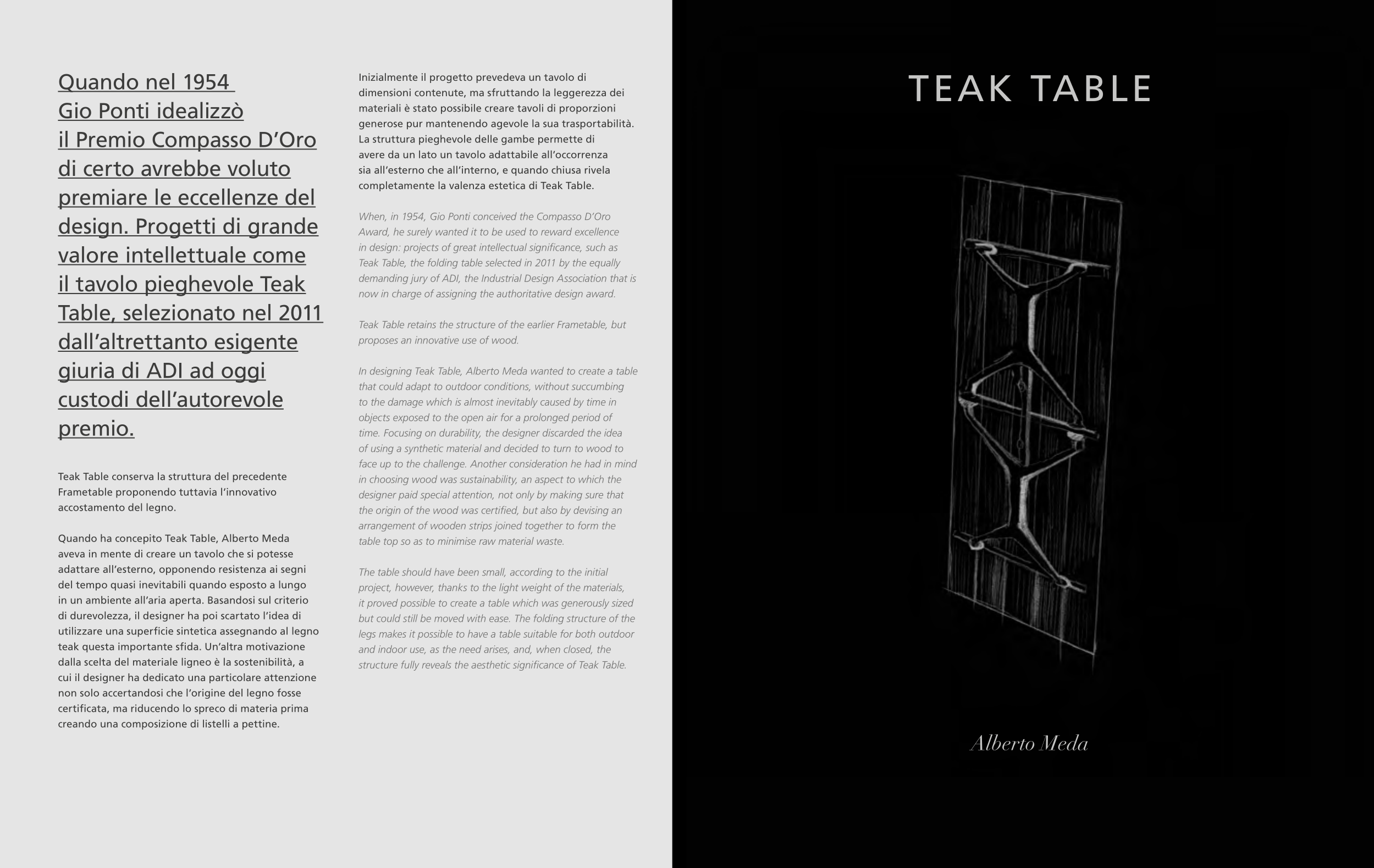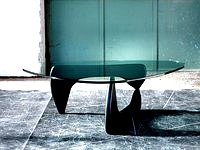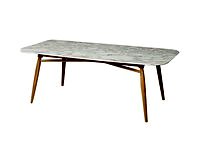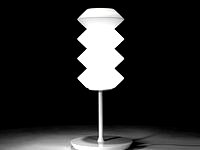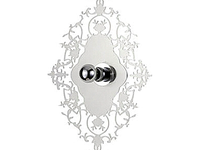Quando nel 1954
Gio Ponti idealizzò
il Premio Compasso D’Oro
di certo avrebbe voluto
premiare le eccellenze del
design. Progetti di grande
valore intellettuale come
il tavolo pieghevole Teak
Table, selezionato nel 2011
dall’altrettanto esigente
giuria di ADI ad oggi
custodi dell’autorevole
premio.
Teak Table conserva la struttura del precedente
Frametable proponendo tuttavia l’innovativo
accostamento del legno.
Quando ha concepito Teak Table, Alberto Meda
aveva in mente di creare un tavolo che si potesse
adattare all’esterno, opponendo resistenza ai segni
del tempo quasi inevitabili quando esposto a lungo
in un ambiente all’aria aperta. Basandosi sul criterio
di durevolezza, il designer ha poi scartato l’idea di
utilizzare una superficie sintetica assegnando al legno
teak questa importante sfida. Un’altra motivazione
dalla scelta del materiale ligneo è la sostenibilità, a
cui il designer ha dedicato una particolare attenzione
non solo accertandosi che l’origine del legno fosse
certificata, ma riducendo lo spreco di materia prima
creando una composizione di listelli a pettine.
Inizialmente il progetto prevedeva un tavolo di
dimensioni contenute, ma sfruttando la leggerezza dei
materiali è stato possibile creare tavoli di proporzioni
generose pur mantenendo agevole la sua trasportabilità.
La struttura pieghevole delle gambe permette di
avere da un lato un tavolo adattabile all’occorrenza
sia all’esterno che all’interno, e quando chiusa rivela
completamente la valenza estetica di Teak Table.
When, in 1954, Gio Ponti conceived the Compasso D’Oro
Award, he surely wanted it to be used to reward excellence
in design: projects of great intellectual significance, such as
Teak Table, the folding table selected in 2011 by the equally
demanding jury of ADI, the Industrial Design Association that is
now in charge of assigning the authoritative design award.
Teak Table retains the structure of the earlier Frametable, but
proposes an innovative use of wood.
In designing Teak Table, Alberto Meda wanted to create a table
that could adapt to outdoor conditions, without succumbing
to the damage which is almost inevitably caused by time in
objects exposed to the open air for a prolonged period of
time. Focusing on durability, the designer discarded the idea
of using a synthetic material and decided to turn to wood to
face up to the challenge. Another consideration he had in mind
in choosing wood was sustainability, an aspect to which the
designer paid special attention, not only by making sure that
the origin of the wood was certified, but also by devising an
arrangement of wooden strips joined together to form the
table top so as to minimise raw material waste.
The table should have been small, according to the initial
project, however, thanks to the light weight of the materials,
it proved possible to create a table which was generously sized
but could still be moved with ease. The folding structure of the
legs makes it possible to have a table suitable for both outdoor
and indoor use, as the need arises, and, when closed, the
structure fully reveals the aesthetic significance of Teak Table.
TEAK TABLE
Alberto Meda


